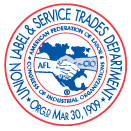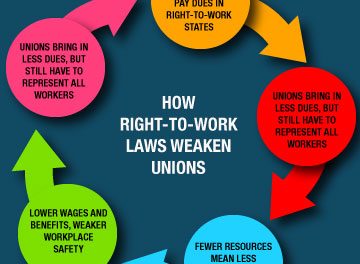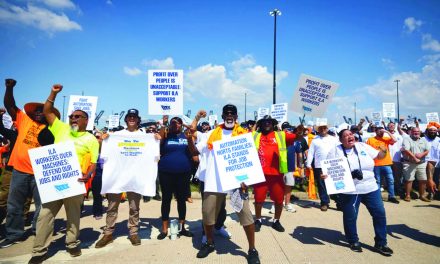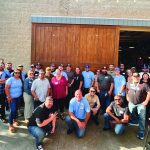The Occupational Safety and Health Administration (OSHA) issued its new Walkaround Rule in March, clarifying who can serve as an employee representative to accompany the OSHA Compliance Safety and Health Officer (CSHO) during physical workplace inspections. The final rule broadens employees’ rights to allow outside representatives—including labor union representatives—to join them during safety inspections. The final rule is set to take effect May 31, 2024.
Under the current rule, the OSH Act provided that the employee representative be limited to “employee(s) of the employer.” The rule also allowed for an exception for a “third party who is not an employee of the employer” authorized by the judgment of the CSHO to be “reasonably necessary to the conduct of an effective and thorough physical inspection of the workplace.” The OSH Act listed a safety engineer and an industrial hygienist as two non-exhaustive examples of authorized third-party employee representatives.
While OSHA interpreted that language to permit third parties, including labor union representatives, to join employees during inspections, a federal district court in 2017 ruled that only employees of the employer can participate in these inspections.
In response to that ruling, OSHA amended the OSH Act to state, “the representative(s) authorized by employees may be an employee of the employer or a third party.”
While the final rule amends the OSH Act, it does not change the CSHO’s authority to determine whether good cause has been shown why a third-party representative is “reasonably necessary to the conduct of an effective and thorough physical inspection of the workplace.” However, the rule expands authorized third parties to include anyone with “relevant knowledge, skills, or experience with hazards or conditions in the workplace or similar workplaces, or language or communication skills” — rather than those with skills comparable to a safety engineer or industrial hygienist.
“This rule gives workers better health and safety protections because they can choose outside representation from the union at the district or national level or experts in the occupational health and safety field,” said AFGE Health and Safety Specialist Milly Rodriguez. “It will be useful in situations where the local has not yet developed its own health and safety representative or where employees might be in fear of reprisal for raising health and safe-ty concerns during an OSHA inspection.”
In a news release announcing the final rule, Assistant Secretary for Occupational Safety and Health Doug Parker said, “Worker involvement in the inspection process is essential for thorough and effective inspections and making workplaces safer. The Occupational Safety and Health Act gives employers and employees equal opportunity for choosing representation during the OSHA inspection process, and this rule returns us to the fair, balanced approach Congress intended.”








